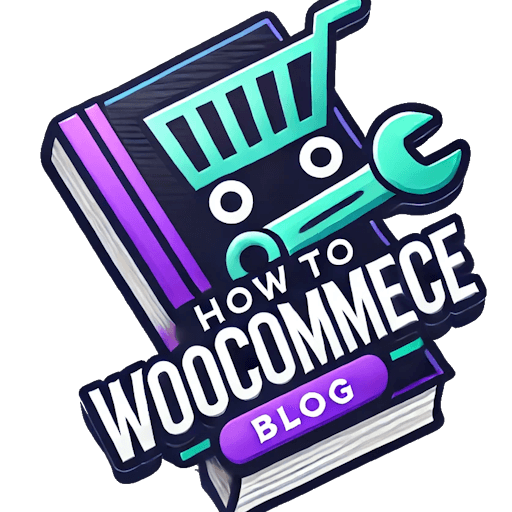# How to Install an Older Version of WooCommerce: A Comprehensive Guide
WooCommerce is a powerful and popular e-commerce plugin, but sometimes you might need to revert to an older version. Perhaps a recent update introduced bugs, conflicts with other plugins, or compatibility issues with your theme. This guide provides a step-by-step process for safely installing a previous version of WooCommerce, along with important considerations and potential drawbacks.
Understanding the Risks of Installing Older WooCommerce Versions
Before we begin, it’s crucial to understand the implications of using outdated software. Older versions of WooCommerce may:
- Lack security updates: This leaves your website vulnerable to exploits and security breaches. Security should always be your top priority.
- Contain unresolved bugs: Older versions might have known bugs that have since been fixed in newer releases.
- Be incompatible with newer WordPress versions or plugins: This can lead to conflicts and website instability.
- Miss out on new features and improvements: Newer versions usually include performance enhancements, new features, and improved user experience.
Only proceed if you have a compelling reason and understand these risks. Consider exploring alternative solutions like contacting WooCommerce support, seeking help from the community, or temporarily disabling conflicting plugins before resorting to downgrading.
How to Install an Older Version of WooCommerce
This process involves several steps and requires careful attention to detail. Always back up your website before making any significant changes.
Step 1: Deactivate the Current WooCommerce Version
First, deactivate your current WooCommerce installation within your WordPress dashboard. Navigate to Plugins > Installed Plugins, locate WooCommerce, and click Deactivate.
Step 2: Download the Older Version
Find the older WooCommerce version you need. You can usually find older versions on the [WooCommerce website](https://woocommerce.com/) itself, although they may not always be readily available. Alternatively, you might find it on a reliable source like WordPress.org’s plugin repository (though finding older versions there can be tricky). Ensure you download the correct version compatible with your WordPress version.
Step 3: Delete the Current WooCommerce Installation
Once the older version is downloaded, navigate back to Plugins > Installed Plugins and delete the current (deactivated) WooCommerce plugin. Click the Delete link next to the plugin.
Step 4: Upload the Older Version
Now, upload the downloaded older WooCommerce version. Go to Plugins > Add New > Upload Plugin. Select the `.zip` file you downloaded and click Install Now. Activate the plugin after the installation is complete.
Step 5: Check for Compatibility Issues
After activating the older version, thoroughly test your website to ensure everything functions correctly. Pay close attention to payment gateways, product displays, and overall site functionality. If you encounter problems, consider reverting to the previous version (if you have a backup) or seeking assistance from the WooCommerce community.
Conclusion: Weigh the Pros and Cons Carefully
Downgrading WooCommerce can be necessary in certain circumstances, but it’s crucial to understand the risks involved. Always prioritize website security and stability. Before downgrading, try troubleshooting the issue with the current version, exploring alternative solutions, and backing up your website completely. If you’ve exhausted all other options and fully understand the risks, the steps outlined above will guide you through the process. Remember that maintaining an up-to-date version of WooCommerce is generally recommended for optimal performance, security, and access to the latest features.

